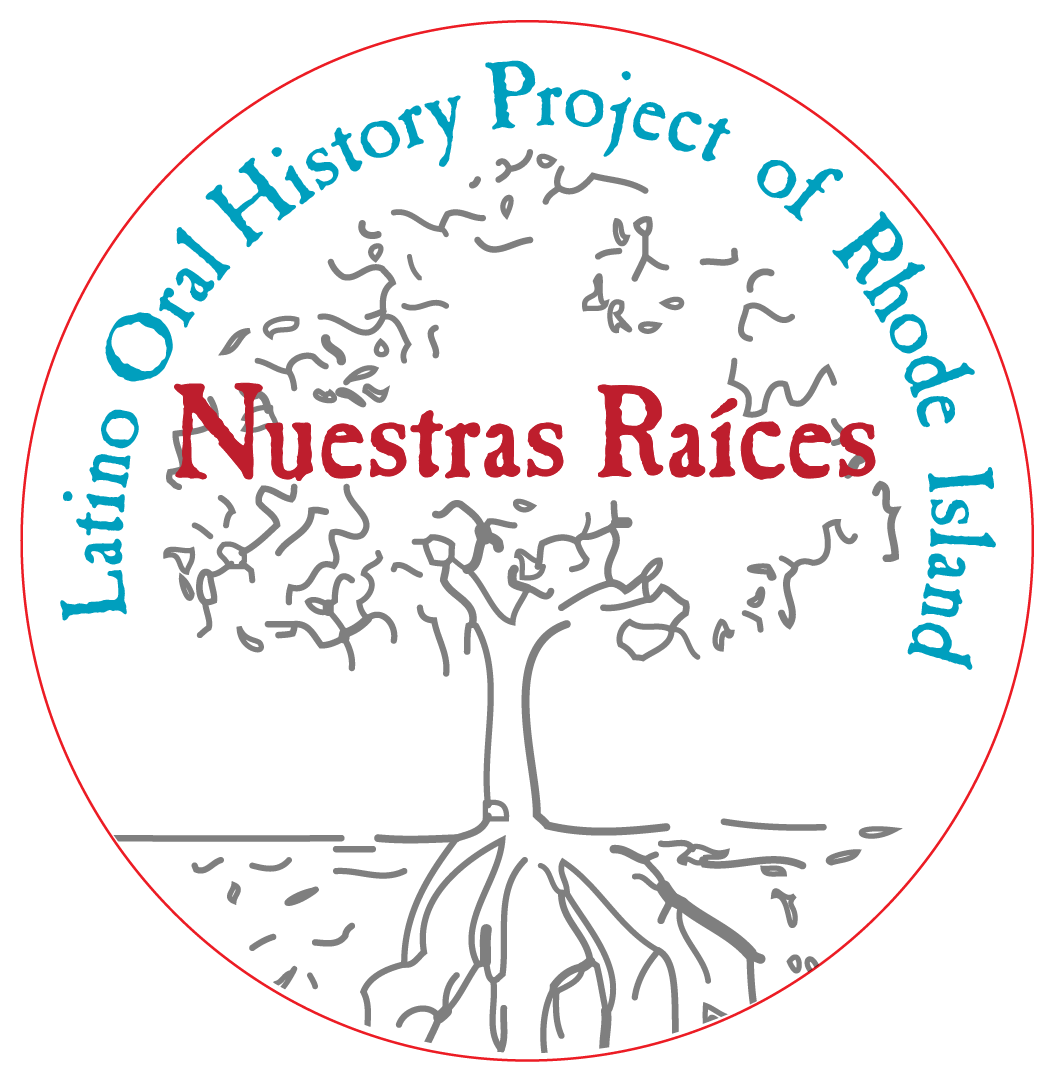Why were Mexicans and other Latinos drawn to Rhode Island in early 1900s? To answer this question, let us look into the history of Mexican Americans and other Latinos in the United States.
Mexican immigration to the U.S. between 1890 and 1965 has been called one of the most significant demographic phenomena in the history of The Americas. Mexican migration took many forms and contributed greatly to the growth and development of the United States as a nation. The first movement to El Norte (the north) took place after the 1910 revolution in Mexico, when farmhands, shepherds, miners and vaqueros (cowboys) felt a call to go north in search of better and higher paying work. Going northward was sought out by poor men and women who were unable to find decent work within their borders. They left Mexico looking for a land of milk and honey, where they could raise their children properly and prosperously.
Mexicans began relocating first to the Southwest United States to find employment, taking advantage of their agricultural traditions wherever they could. With the expansion of the railroads in the early 1920s, Mexicans went to work as track maintenance workers. Between 1920 and 1930, a large migration began to take place from the Southwest to industrial cities all across America. Mexicans began to find employment not only in steel factories in the Midwest, but they also found jobs with companies further north such as the Baltimore and Ohio Railroad company and in Pennsylvania.
Mexicans began relocating first to the Southwest United States to find employment, taking advantage of their agricultural traditions wherever they could. With the expansion of the railroads in the early 1920s, Mexicans went to work as track maintenance workers. Between 1920 and 1930, a large migration began to take place from the Southwest to industrial cities all across America. Mexicans began to find employment not only in steel factories in the Midwest, but they also found jobs with companies further north such as the Baltimore and Ohio Railroad company and in Pennsylvania.
As mentioned in another section of this website, in 1938 “brisk business with [Mexico]” warranted the appointment of Edgar L. Burchell, of Scottish ancestry, as Mexican Consul in Rhode Island. It is very likely that the Mexicans that Mr. Burchell and his consulate office were serving came to Rhode Island onboard cargo ships during the rise of steel trade between the U.S. and southern and midwestern states where the Mexicans had settled. At that time, the Port of Providence served as a drop-off point to other northern states and Canada, and the reportedly Mexicans onboard these ships were ship hands who needed a place to stay while the ship sat docked for days, weeks and sometimes long months in Providence. Records show that some of these individuals traveled to Connecticut to work in tobacco and sugar cane fields while they waited for the ship to return southward.
Also during that time, there was an abundance of jobs in meat-packing plants, utility companies, construction, trucking and eventually in agricultural trades such as sugar-beet fields in Michigan and tobacco, vegetable and fruit fields in New England. These jobs were the kind that did not require special skills or the ability to speak English. Rhode Island had its share of agricultural farms during this time, and with it came a need for cheap labor and dedication. The Mexican workers and other non-English-speaking immigrants, who were available to provide this labor were hired to do this work.
Also during that time, there was an abundance of jobs in meat-packing plants, utility companies, construction, trucking and eventually in agricultural trades such as sugar-beet fields in Michigan and tobacco, vegetable and fruit fields in New England. These jobs were the kind that did not require special skills or the ability to speak English. Rhode Island had its share of agricultural farms during this time, and with it came a need for cheap labor and dedication. The Mexican workers and other non-English-speaking immigrants, who were available to provide this labor were hired to do this work.
Next  ➤

